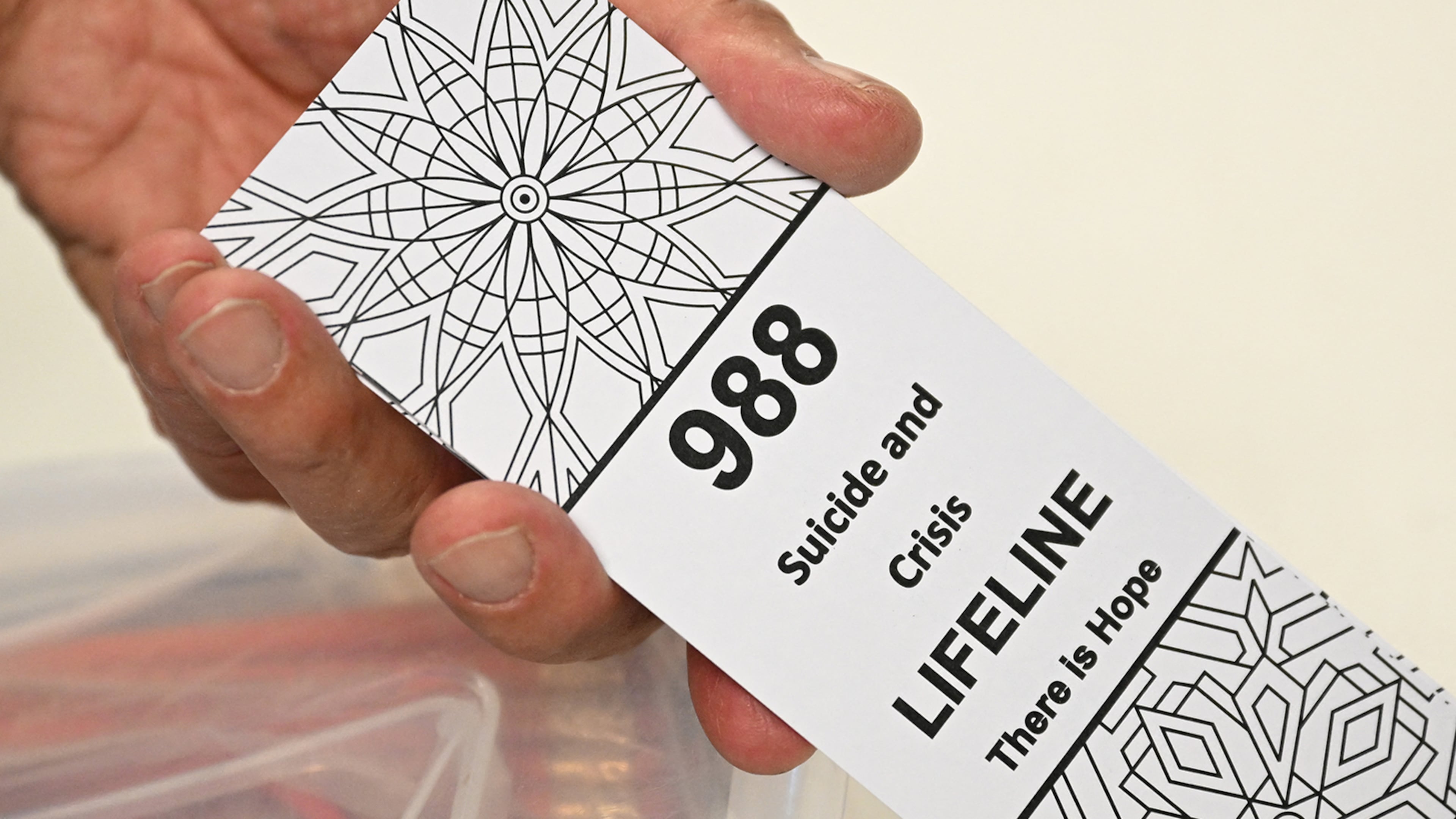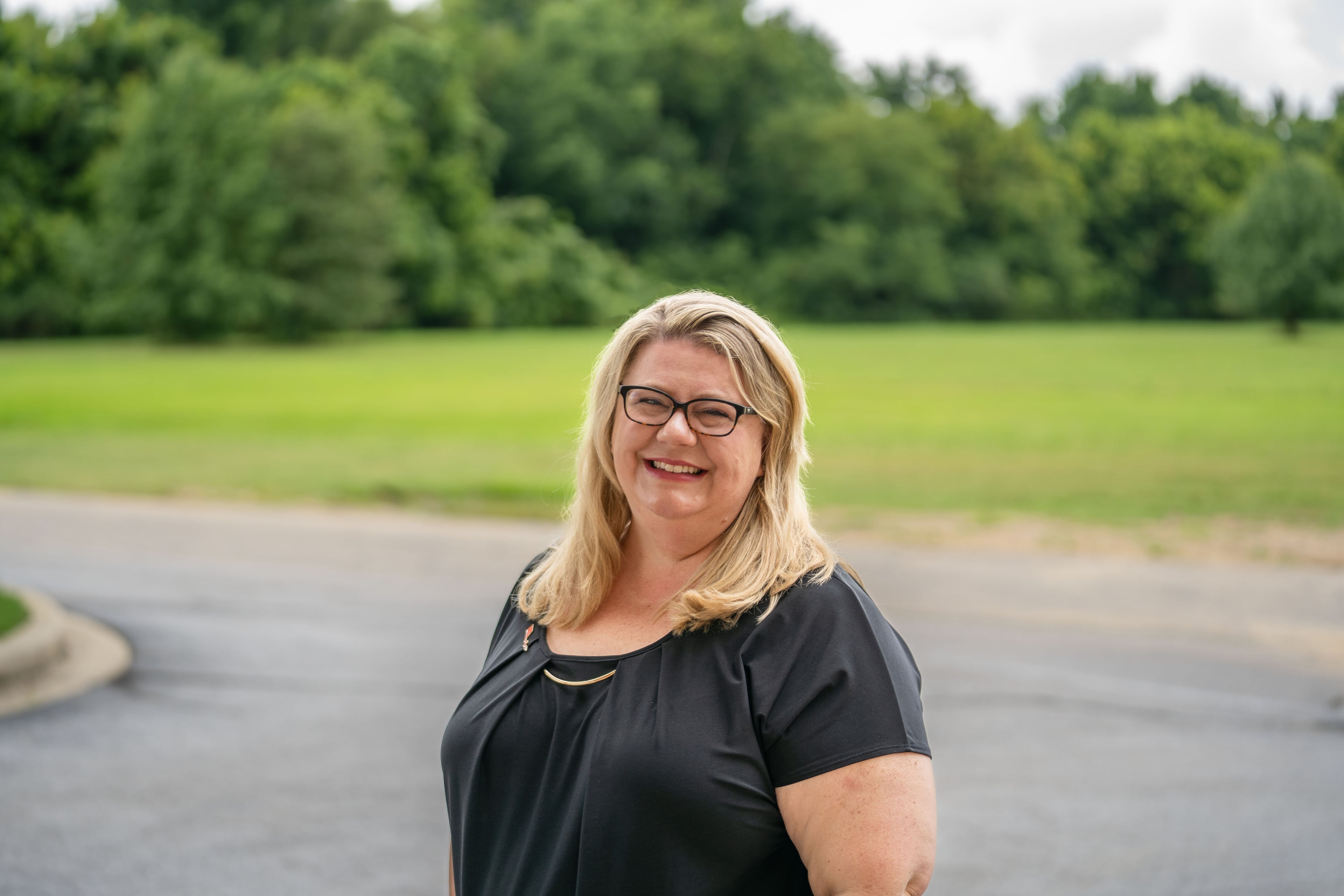Suicide prevention starts with awareness and action, so stay connected

September is Suicide Prevention Month, a time to bring a critical issue to the forefront of our conversations.
While suicide prevention is a year-round concern, dedicating a month to raise awareness helps us pause, reflect and take collective action to support those at risk.
Why Suicide Prevention Month matters
Suicide is not just a mental health issue — it’s a public health issue.
Taking time to focus on it helps raise awareness, reduce stigma and encourage open dialogue.
When we talk about suicide prevention, we empower communities to recognize warning signs and respond with compassion and support.
Recognizing the signs in youth
Young people might not always show obvious signs of distress.

Some may withdraw from activities they once enjoyed, while others may appear to function normally but lack their usual energy or enthusiasm.
Subtle changes in behavior, mood or social engagement can be early indicators.
One major risk factor is social media. While it connects us, it also fosters harmful comparisons. Teens might internalize unrealistic portrayals of success and happiness, leading to feelings of inadequacy.
Also, beware of the growing influence of misleading AI-generated content pretending to be legitimate, clinically-backed advice. This can be especially worrisome for those experiencing suicidal thoughts where timely, compassionate and expert human intervention is critical.
Parents and caregivers should engage in open conversations about what their children are seeing and feeling online.
What parents and educators can do
- Monitor social media use, but more importantly, talk about it.
- Create safe spaces for open dialogue without judgment.
- Reduce access to lethal means by locking up firearms and medication in the home.
- Use tools like the Columbia Suicide Severity Rating Scale, a simple, evidence-based screening tool available for parents and teachers.
- Know the resources: The 988 Suicide & Crisis Lifeline is available 24/7 for support.
When to take action
If a child expresses suicidal thoughts — even casually — it should always be taken seriously.
Whether it is a cry for help or a deeper issue, early intervention is key.
Ask direct questions, listen without judgment and seek professional help immediately. If the child already has a mental health provider, reach out to them.
If not, call 988 or contact a local mental health service.
Understanding the warning signs
Suicidal ideation may accompany:
- Mental health conditions such as anxiety or depression
- Increased alcohol or drug use
- Too much or too little sleep
- Medication side effects (e.g., Montelukast used for asthma)
- Unresolved trauma, including exposure to distressing news or personal experiences
- Social rejection, especially among vulnerable populations of young people
- Relief or sudden improvement
These issues often go unspoken. That’s why it’s vital to foster environments where young people feel safe to share their struggles.
Breaking the stigma
Talking about suicide is hard. Many fear bringing it up might make things worse.
But research shows the opposite: asking about suicidal thoughts can open the door to healing.
We must shift from silence to support, from judgment to understanding.
A call to action
As we honor Suicide Prevention Month, let’s commit to:
- Listening more deeply
- Asking the hard questions
- Being present for those who need us
- Educating ourselves and others
Let’s also support initiatives like the Zero Suicide framework, which emphasizes systemic, compassionate care for those at risk. At Youth Villages, we’re proud to be part of this movement.
To every young person struggling: you are not alone. Your people are out there. Sometimes it takes time to find them, but they exist — and they care. Until then, we must be the bridge that keeps hope alive.
Christy Schuster is the clinical services assistant director of residential services at Youth Villages’ Inner Harbour Campus in Douglasville. She began working there as an intern 25 years ago.
